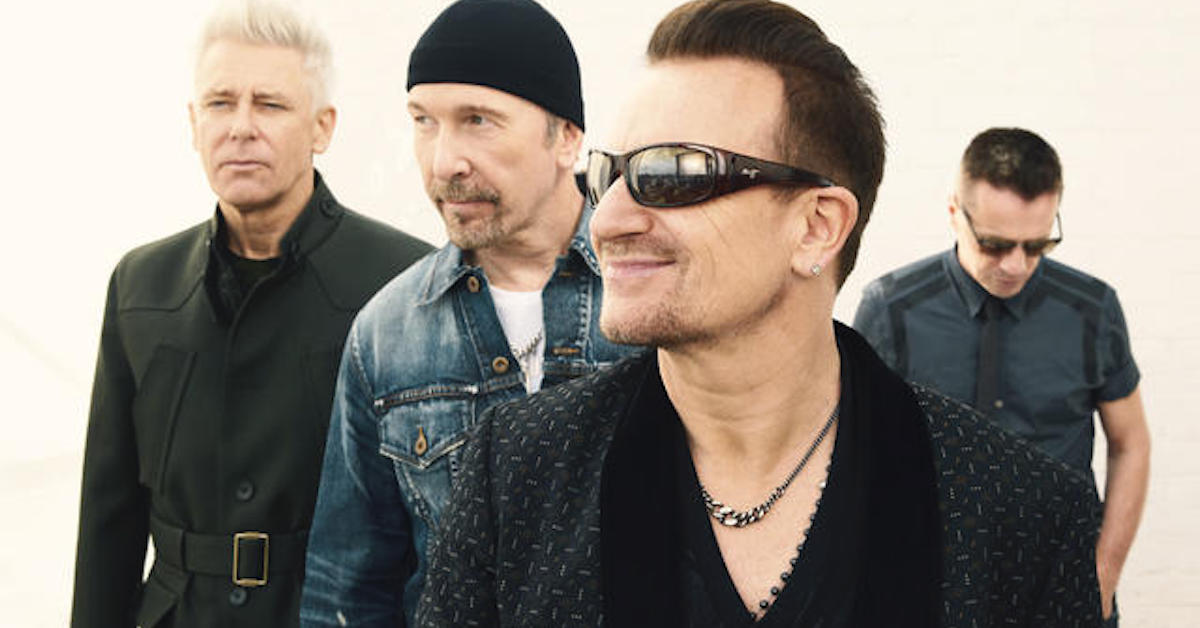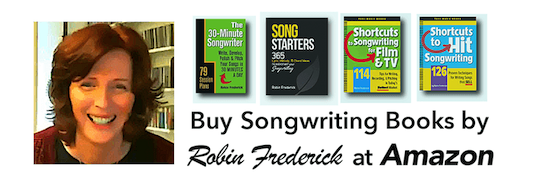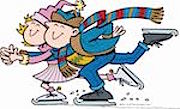“All Of Me,” recorded by John Legend, is a hugely popular piano/vocal love ballad that has been embraced by listeners around the globe. The song went to #1 on seven different Billboard charts in the U.S. and eleven countries around the world. The YouTube video has had over one billion views. (That’s billion with a “b.”) Proof that, even in this era of giant Dance/Pop extravaganzas, a simple song with an honest, emotionally moving lyric can hold its own.
Because the production is so bare bones, the song itself has to sustain the listener’s interest. That’s a challenge for any song, but especially a ballad. There are a number of simple but very effective lyric and melody techniques at work here, ones that you can easily adapt for use in your own songs.
“All Of Me” – John Legend
Recorded by John Legend
Writers: John Legend and Toby Gad
TECHNIQUES TO HEAR AND TRY
- Write a ballad melody that keeps listeners engaged.
- Give a personal lyric universal appeal.
- Introduce your characters early.
Listen to the song. Read the lyrics.
Read the lyrics here: All Of Me – John Legend
Genre/Style: Pop/Adult Contemporary
(What is a genre? Watch this video.)
“All Of Me” is a ballad in the Pop genre. The memorable, easy-going melody drops it right into the heart of the Adult Contemporary side of Pop. As its name implies, the Adult Contemporary format features songs that appeal to a broad adult age range, from 25 to 55. Surprisingly, this melodic ballad with minimal production also topped the Pop and R&B charts.
There’s a mix of influences here and it’s a little hard to tell who is influencing whom. Certainly this song reminds me of Adele’s huge hit “Someone Like You” but that song may have been influenced by John Legend’s own Neo-Soul hit of a decade ago: “Ordinary People.” And, let’s face it, everyone here is paying their respects to Lionel Richie.
SONG STRUCTURE
This song has the same structure as most of today’s biggest Pop and Rock hits, yet it doesn’t really sound like one of those hits.
The structure is:
VERSE / PRE-CHORUS / CHORUS
VERSE / PRE-CHORUS / CHORUS
BRIDGE / CHORUS
VERSES: Verse 1 starts the song off with the line “What would I do without your smart mouth?” It’s a great opening line, immediately drawing the listener into the song with an intriguing question and a glimpse into a complex and very realistic relationship.
Verse 2 begins with “How many times do I have to tell you, even when you’re crying you’re beautiful, too.” Another unusual statement that makes us curious to hear more.






